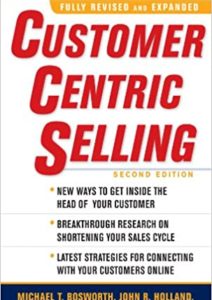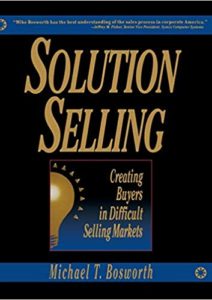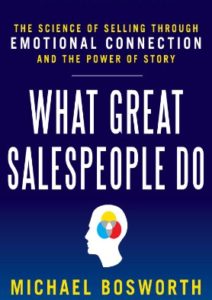Customer integration at the most basic level is about having a company that can truly help the customer in every way. This person becomes a valuable resource to the customers because the customer knows where to go, and who to talk to in order to get the job done. In essence, each person at the company has command over her or his company resources. Mike Bosworth has a lot to say in this interview on customer integration, hosted by John Golden.
In this sales expert interview, learn more about:
- What customer integration looks like
- The difference between integration and co-existence
- How to create a deliberate culture that fosters integration
- Specific tools to create a more integrated culture
Integration, Not Co-Existence
Often times, the culture at a company is one of co-existence. This is where the different parts of an organization are forced to work together. Bosworth observes that they often do so with an “uneasy peace.” More appropriate and more successful, however, is creating a culture that is integrated from the beginning. For example, when each group works together and knows all of the necessary information needed to help and assist the customer. “Facilitate the opportunity for the employees to have a chance to get to know each other at a personal level, and build some trust and some bonding, so when something does happen, those connections are already integrated around the customer,” says Bosworth.
Creating a Deliberate Culture
Create a deliberate culture that is centered around the needs of the customer. A company structure should be based on the question: “How do we set ourselves up so that the customer can best be served?” says Bosworth. “How do we set it up so the customer can get the information they need immediately, and that it doesn’t have to be this ‘magical mystery’ journey to get the answers they are looking for.”
Vulnerability Creates Integration
Creating cohesion among groups and a developing deliberate culture centered on the customer seems like a great idea. But to actually put it into practice, Bosworth uses several tools. One of his team building customer integration activities involves having each person in the group tell a 90-second story. This story is about a moment in their life that completely changed their perspective. These stories are often quite profound, and as a result, it encourages each person to show a vulnerable side. “Vulnerability is the key to connection,” said Bosworth. “Celebrate this vulnerability.” It is because of the shared vulnerability that integration is created.
About our Host:
John is the Amazon bestselling author of Winning the Battle for Sales: Lessons on Closing Every Deal from the World’s Greatest Military Victories and Social Upheaval: How to Win at Social Selling. A globally acknowledged Sales & Marketing thought leader, speaker, and strategist. He is CSMO at Pipeliner CRM. In his spare time, John is an avid Martial Artist.











Comments